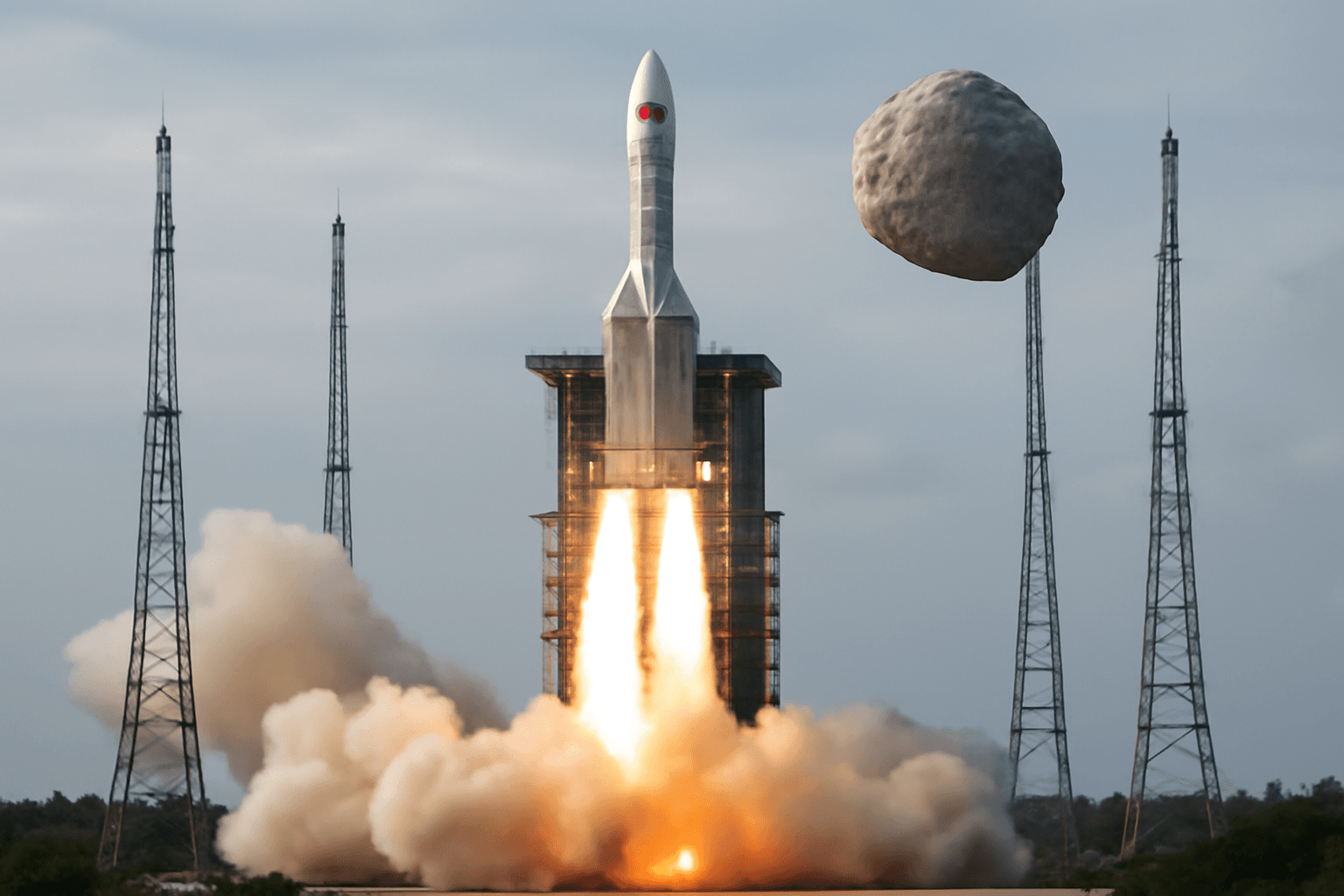NASA at a Crossroads: Navigating Budget Slashes and Leadership Changes
Over the past six months, NASA finds itself in an unprecedented period of upheaval, battling through budget uncertainties, leadership turnarounds, and growing unease among its workforce. This unrest culminated in an open letter signed by 360 current and former NASA employees who voiced strong concerns over what they describe as "rapid and wasteful changes" undermining the agency’s core mission.
Inside the Workforce Revolt: What’s Fueling the Discontent?
The letter criticizes proposed personnel reductions and program cancellations, some made without clear congressional authorization, which employees warn may trigger “catastrophic impacts” not only on NASA’s operational capacities but also on America’s standing in global space leadership. With projects canceled midstream and contracts with private space companies in jeopardy, the agency’s workforce feels caught in the crossfire of political pressures and budget uncertainties.
A NASA spokesperson acknowledged the challenges, emphasizing that safety-critical roles will remain protected despite the agency’s voluntary workforce reduction efforts. The claim counters accusations of arbitrary cuts, noting President Trump's commitment to robust funding for key scientific endeavors. Yet, the tension between preserving historic achievements and adapting to constrained resources remains palpable.
Leadership Exodus: A Sign of Deeper Troubles?
Recent months have seen the departure of key senior figures, including Makenzie Lystrup, director of the Goddard Space Flight Center, and Laurie Leshin, former head of NASA’s Jet Propulsion Laboratory. These exits add fuel to speculation about the agency’s stability, especially as interim leadership under Transportation Secretary Sean Duffy tries to maintain continuity amid uncertainty.
Adding to instability, earlier in 2025, Jared Isaacman, a tech billionaire initially tapped for NASA administrator, was abruptly removed from consideration, reflecting potential strategic indecision at the highest levels.
Budget Battles: NASA’s Funding in Jeopardy
NASA’s budget tells a story of constant tension. The agency received $24.875 billion in 2024 and 2025, an allocation below initial requests and a slight dip compared to 2023. The Trump administration’s 2026 proposal threatened a drastic 25% cut to roughly $18.8 billion — a level not seen since before the historic Apollo 11 Moon landing.
On the political front, House appropriators have pushed back against these cuts, emphasizing that enacting budget reductions without congressional approval would be “flatly illegal.” This conflict highlights a wider struggle over NASA’s future direction, funding priorities, and governance.
Political Ambitions vs. Operational Realities
President Trump has publicly championed grand ambitions for NASA, including sustained lunar colonization efforts and a crewed Mars mission. These goals resonate with the public — with recent polls showing around two-thirds of Americans supporting renewed Moon landings and Mars exploration. However, the discord between aspirational objectives and the agency’s current operational challenges raises critical questions about balancing visionary space exploration with sustainable management.
Global and Industry Context: Expanding the Horizon
- South Korea’s Lunar Ambitions: The Korea Aerospace Administration plans a lunar base by 2045 and aims to develop a next-generation lunar lander by 2040, signaling growing international competition in space exploration.
- UK's Role in Space Sustainability: A recent report identifies the UK as poised to become a leader in space sustainability initiatives, leveraging investments in space manufacturing and biomedical research.
- Private Sector Maneuvers: Companies like Rocket Lab and ArianeGroup are scaling up production and innovation, while SpaceX has secured approvals to conduct rocket detonations over sensitive Hawaiian waters, reflecting ongoing tensions between commercial space growth and environmental concerns.
Upcoming Missions Highlight Space Exploration Momentum
Despite NASA’s internal struggles, the international space community presses forward. Notable upcoming launches include:
- July 25: Russia's Roscosmos Soyuz launch from Siberia.
- July 25: Arianespace Vega-C carrying Earth observation satellites.
- July 26: Gilmour Space test launch in Queensland, Australia.
- July 27: China’s Long March 6 launch from Xinzhou.
- July 30: India’s GSLV-F16 launching a joint NASA-ISRO satellite, NISAR.
Expert Insight: NASA’s Challenge Lies in Navigating Political Winds While Ensuring Mission Continuity
What NASA currently faces is emblematic of a broader dilemma for government agencies operating under shifting political priorities and budget constraints. Maintaining momentum on ambitious space exploration objectives requires more than visionary leadership—it demands a stable funding environment and retention of institutional expertise. Sudden leadership gaps and reactive budget cuts risk undermining hard-won capabilities at a critical juncture when international competition intensifies.
From a policy perspective, the ongoing tussle underscores the need for stronger alignment between Congress and executive priorities on national space strategy. The legal clarity around budget authority also reminds us how federal governance structures shape the operational realities of large agencies like NASA.
Editor’s Note
NASA stands at a pivotal moment, caught between soaring ambitions and practical limitations. As the space agency commemorates the legacy of Apollo 11 and looks toward returning to the Moon and eventually Mars, its internal turmoil raises essential questions: How can NASA sustain its workforce and keep vital projects on track amid political and budgetary headwinds? What role should Congress play in safeguarding the agency’s long-term vision? And how might emerging international players reshape the global space landscape? These questions resonate beyond space enthusiasts—they speak to America’s commitment to exploration, innovation, and leadership in the decades ahead.













